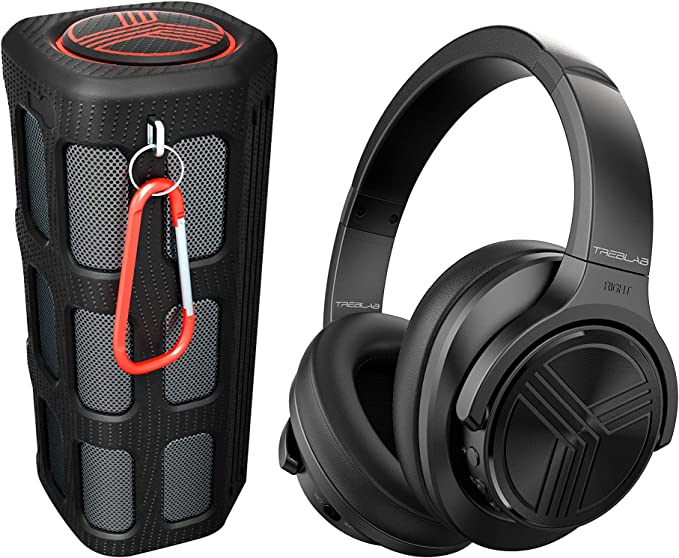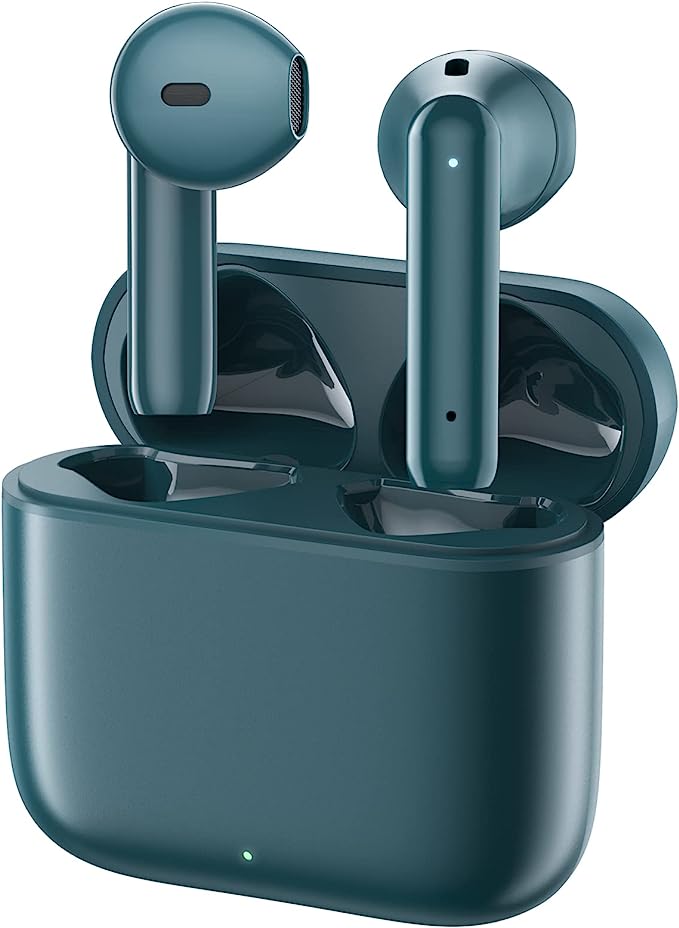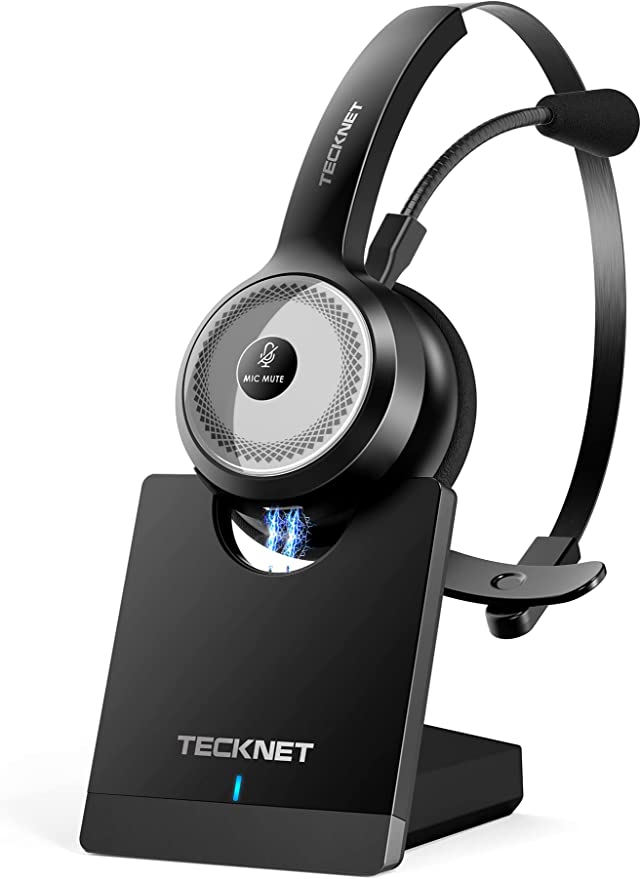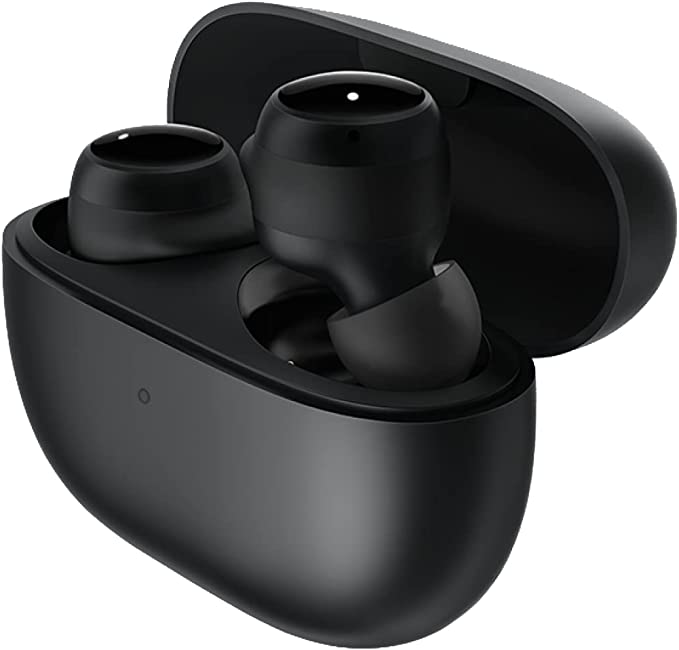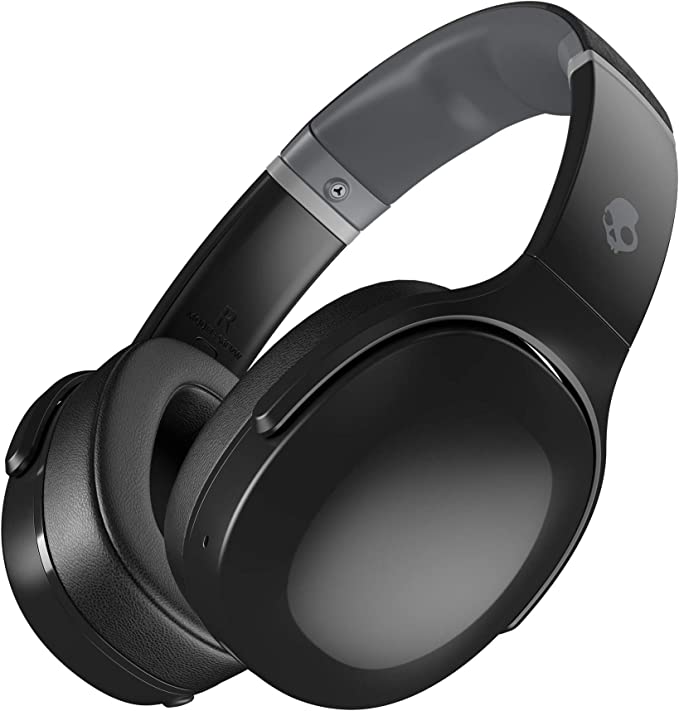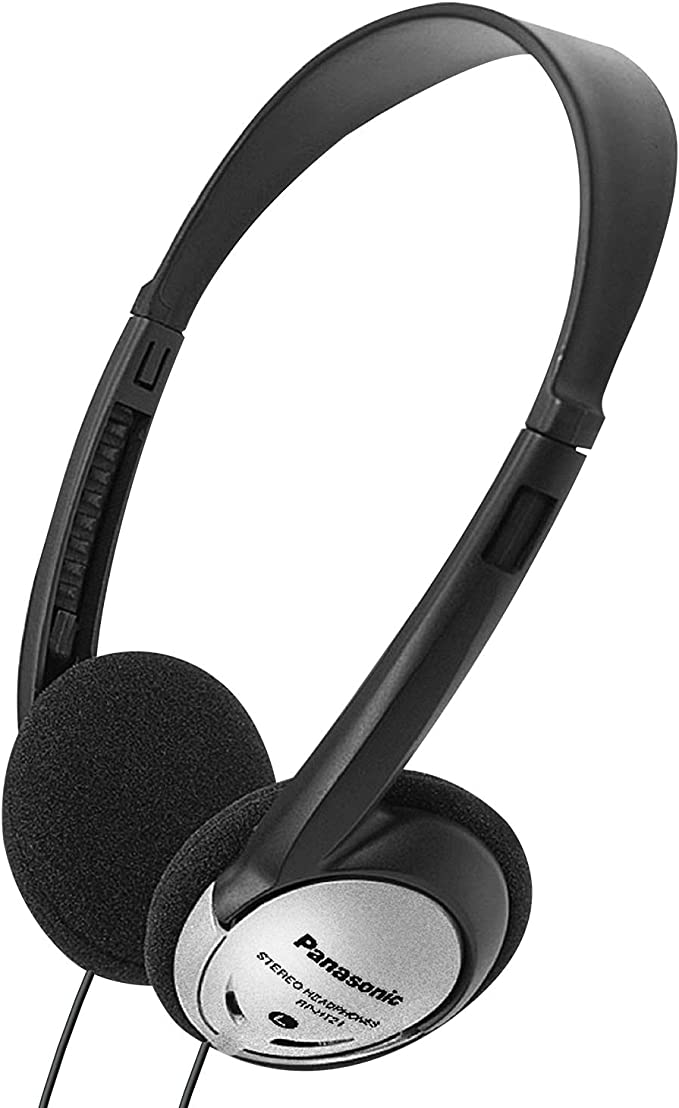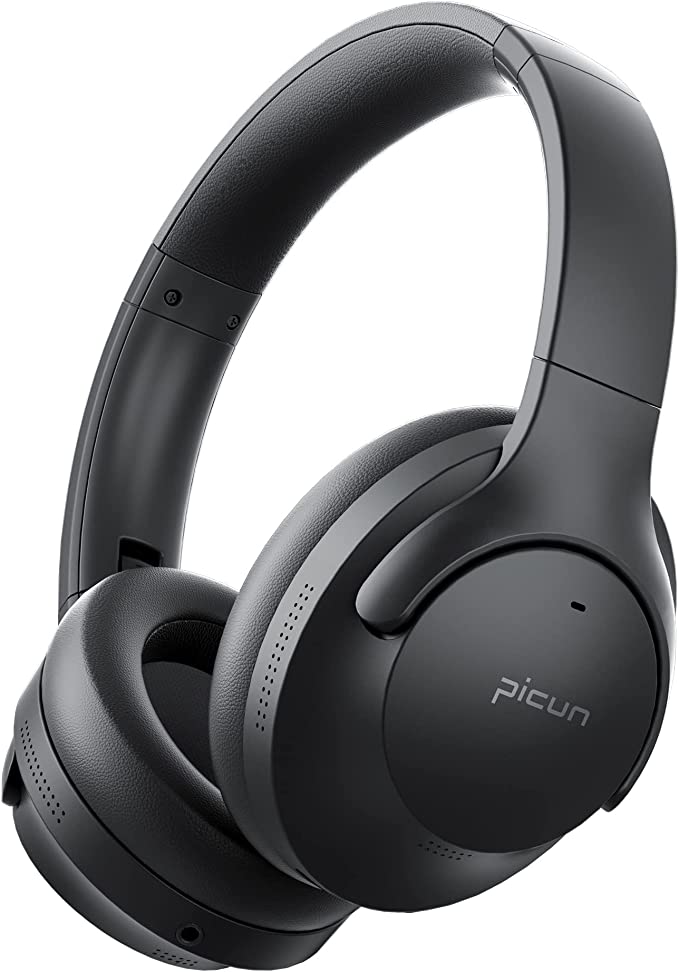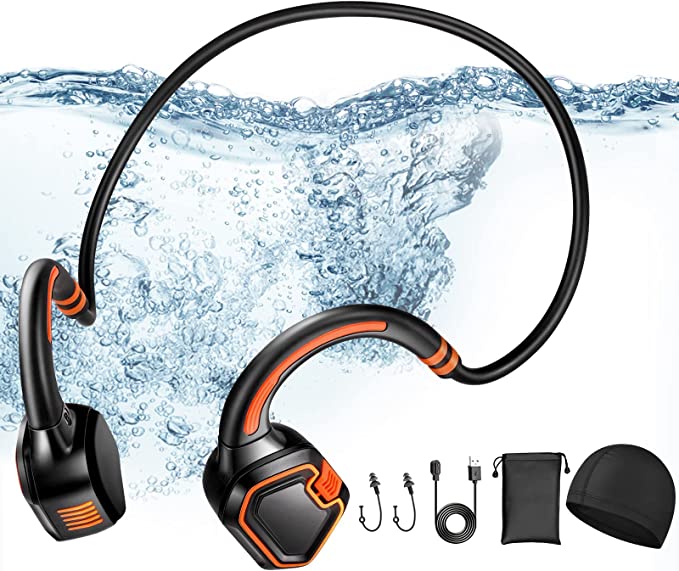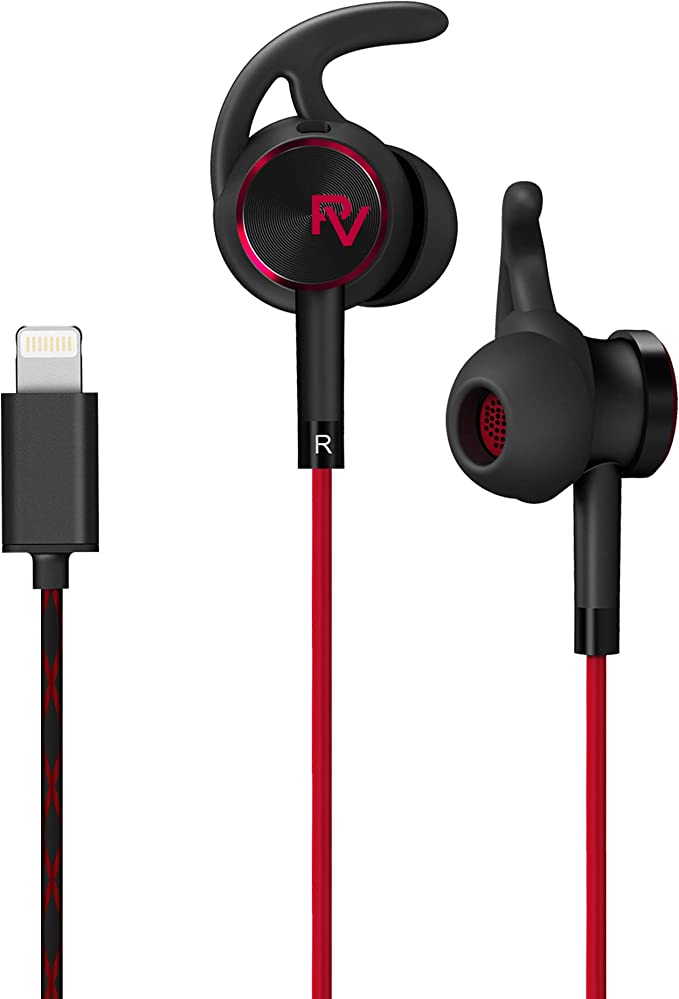DEWALT DCR025 Jobsite Radio: Power, Sound, and Connectivity Explained
Update on April 4, 2025, 12:56 p.m.
The modern job site is a complex environment, a symphony of controlled chaos where productivity demands resilience, not just from the workers, but from their tools. High ambient noise from machinery, pervasive dust and debris, the constant threat of impacts, and often scarce access to mains power create a unique set of challenges. In this arena, standard consumer electronics are ill-equipped to survive, let alone thrive. Needs extend beyond simple function; workers might require access to information or entertainment via radio, seamless audio streaming from personal devices, reliable charging for essential communication tools, and critically, efficient management of the cordless tool batteries that power their core equipment.
Addressing this convergence of needs requires more than just a ruggedized speaker. It demands an integrated solution, a worksite hub designed from the ground up for versatility and endurance. The DEWALT DCR025 20V MAX Bluetooth Radio Charger represents one such approach, aiming to consolidate audio playback, device charging, and tool battery management into a single, robust unit. But beyond the yellow-and-black casing, what engineering principles and technologies allow it to perform these diverse roles? This technical deep dive explores the audio engineering, power management systems, connectivity features, and design considerations that define the DCR025.

Engineering Sound for Clarity Amidst Chaos
One of the most immediate challenges on any active job site is acoustic interference. The drone of generators, the whine of saws, the clang of materials – this cacophony can easily drown out conventional portable audio devices. Simply increasing volume isn’t always the answer; clarity and intelligibility are paramount. The DCR025 tackles this acoustical challenge with a specified output of 20 Watts per channel, channeled through a carefully considered speaker array comprising dedicated woofers, tweeters, and air ports. Let’s unpack these components.
In audio engineering, achieving full-range sound reproduction – covering the spectrum from deep bass to crisp highs – typically requires specialized speaker drivers. The DCR025 employs woofers, drivers designed specifically to handle low-frequency sounds. These are responsible for reproducing the foundational elements of music, like basslines and drum beats, providing a sense of power and fullness. Complementing them are tweeters, smaller drivers optimized for high-frequency reproduction. These render the details – vocals, cymbal crashes, the nuances of string instruments – that are crucial for speech intelligibility and overall audio clarity. Without dedicated tweeters, sound can become muffled or indistinct, especially at higher volumes or in noisy environments.
The inclusion of air ports signals a specific type of speaker enclosure design known as bass reflex. Think of blowing across the top of a bottle to create a tone – a ported enclosure works on a similar principle of air resonance (specifically, Helmholtz resonance). The port is a tuned tube or opening that allows air pressure built up inside the enclosure by the woofer’s backward movement to escape in a controlled manner. This escaping air, vibrating at a specific low frequency determined by the port’s dimensions and the enclosure volume, reinforces the bass output produced directly by the woofer. The primary benefits? It allows the speaker system to produce deeper bass and often achieve higher overall efficiency (more sound output for the same electrical input power) compared to a similarly sized sealed enclosure. This is particularly advantageous in a portable device where space and power are constrained, helping the DCR025 project sound more effectively on an open site.
While specific measurements like frequency response curves or distortion figures are not provided in the available data, the deliberate use of this three-part system (woofer, tweeter, port) indicates an engineering focus on achieving a more balanced and powerful sound profile than a single full-range driver could typically provide. The goal is clear: deliver audio that is not just loud, but also articulate enough to be understood and enjoyed even when competing with the job site’s inherent noise floor. User feedback often corroborates this, with many praising the unit’s volume and sound quality in challenging settings.

Wireless Freedom and Controlled Connections
The smartphone has become an indispensable tool, even on the job site, serving as a communication device, information source, and often, a primary music player. However, the worksite is a hazardous place for such delicate electronics. The DCR025 integrates Bluetooth connectivity to address this, allowing wireless audio streaming from a paired device. DEWALT specifies a range of “up to 100 feet.” It’s important to approach such figures with practical understanding. This maximum range is typically achieved under ideal, line-of-sight conditions. In the real world, especially on a construction site cluttered with metal framing, concrete walls, equipment, and potential radio frequency interference from other devices, the effective reliable range will likely be shorter. Factors like the phone’s own Bluetooth transmitter power and the specific Bluetooth version employed also play a role. Given the DCR025’s initial release date (June 2016), it likely utilizes a Bluetooth 4.x standard (perhaps 4.0, 4.1, or 4.2), which predates the range and efficiency improvements seen in Bluetooth 5.0 and later versions.
A key feature enhancing the Bluetooth experience is the implementation of AVRCP (Audio Video Remote Control Protocol). This is one of several profiles within the Bluetooth standard that define how devices interact. While A2DP (Advanced Audio Distribution Profile) handles the actual streaming of high-quality stereo audio, AVRCP allows the receiving device (the DCR025) to send playback commands back to the source device (the phone). In practical terms, this means users can often play, pause, skip forward, or replay tracks using buttons directly on the radio’s interface, without needing to handle their phone. This is a significant benefit for both convenience and device safety, allowing the phone to remain securely stowed in a pocket or the radio’s built-in storage compartment, shielded from potential damage. While AVRCP compatibility is widespread across modern smartphones and music apps, minor variations in supported commands or responsiveness can occasionally occur depending on the specific devices and software involved.
For situations where Bluetooth is unavailable or undesirable (e.g., using older non-Bluetooth devices, troubleshooting connectivity issues, or seeking a potentially latency-free connection), the DCR025 provides wired alternatives. An Auxiliary (Aux) input, typically a 3.5mm stereo jack, allows direct connection via audio cable. Additionally, a USB port is present, primarily intended for charging, as discussed next. It’s unlikely this USB-A port supports direct audio input from modern smartphones, which typically rely on USB-C or Lightning for digital audio output; the Aux port remains the standard fallback for wired audio.
The Power Plant: Battery Integration and Charging Prowess
Perhaps the most compelling aspect of the DCR025 for professionals already invested in the DEWALT ecosystem is its deep integration with the brand’s battery platforms. This radio embodies the concept of a cordless jobsite, offering dual power source flexibility. It can be powered by a standard AC electrical cord when near an outlet, or run cordlessly using any compatible DEWALT 20V MAX* or FLEXVOLT battery pack.
Understanding the DEWALT battery nomenclature is helpful. The “20V MAX” designation refers to the maximum initial battery voltage without workload (20 Volts), while the nominal operating voltage is 18 Volts. This system is ubiquitous across DEWALT’s main cordless tool line. FLEXVOLT batteries are a more advanced system; these packs can automatically switch their internal cell configuration to deliver either 20V MAX (for compatibility with standard tools) or 60V MAX (or even 120V MAX using two packs) for higher-power applications. When used in the DCR025, a FLEXVOLT battery operates in its 20V MAX mode, essentially functioning like a very high-capacity 20V MAX pack. User reports suggest significant runtime, with one user citing three days of medium-volume playback from a single 6.0 Amp-hour (Ah) FLEXVOLT battery, highlighting the efficiency potential when operating cordlessly.
When connected to AC mains power, the DCR025 transitions into a versatile charging station. It can charge inserted DEWALT 20V MAX and FLEXVOLT batteries at a rate of 3 Amps. This charge rate is noteworthy; many basic tool chargers operate at lower amperages (e.g., 1.5A or 2A). A higher amperage generally translates to faster charging times. For instance, the same user who reported long runtime also noted the DCR025 recharged their 6.0Ah FLEXVOLT battery in approximately two hours. Faster charging minimizes downtime for other cordless tools that rely on these same batteries, a critical factor for job site productivity. It’s crucial to understand that this battery charging function is only active when the DCR025 itself is plugged into AC power*; it cannot charge tool batteries while running solely on battery power. Lithium-Ion battery charging typically follows a two-stage process: Constant Current (CC), where the charger delivers its maximum current (3A here) until the battery reaches a certain voltage, followed by Constant Voltage (CV), where the charger maintains a steady voltage while the current gradually tapers off until the battery is fully charged.
Beyond tool batteries, the DCR025 caters to the ubiquitous need to charge personal electronic devices. It features a USB-A port supplying 2.1 Amps of charging current. In the context of USB charging standards, 2.1A (equivalent to 10.5 Watts at 5 Volts) was a common specification for faster tablet charging and represented a significant step up from older 0.5A or 1.0A ports. While modern smartphones increasingly utilize much faster USB Power Delivery (PD) standards via USB-C, a 2.1A USB-A port remains quite capable of charging most phones and accessories at a respectable, albeit not maximum, speed.
Adding another layer of utility, particularly valuable on sites with limited electrical outlets, are the two integrated AC pass-through outlets on the side of the unit. These allow users to plug other corded tools or chargers directly into the radio, effectively turning it into a power strip. This can be incredibly convenient, preventing the radio itself from monopolizing a valuable wall socket. As with the battery charging function, these AC outlets are only functional when the DCR025 is plugged into AC mains power. The available documentation doesn’t specify a maximum combined load limit for these outlets, so users should exercise caution and avoid overloading them with high-draw equipment.
Built Environment: Durability and Design Considerations
Jobsite equipment faces a demanding existence. It’s subjected to impacts, drops, vibrations, pervasive dust, and occasionally moisture. The DCR025 is explicitly marketed as a “Jobsite Radio Charger,” implying a design built to withstand such rigors. While specific metrics like an IP (Ingress Protection) rating for dust and water resistance or formal drop-test specifications are not provided in the source material, the physical construction and user feedback paint a picture of considerable ruggedness. Features contributing to this likely include a robust external casing made from durable polymers (common materials like ABS or Polycarbonate blends offer good impact resistance), potentially reinforced corners or structural elements, and controls designed to resist contamination. The substantial weight of 15 pounds (approx. 6.8 kg), while a drawback for effortless portability, often correlates with a sturdier build and larger internal components (like power supplies and speaker magnets). Numerous user reviews highlight the unit’s ability to survive accidental drops and the general harshness of construction environments, suggesting the design intent translates into real-world durability.
A specific design element aimed at protecting vulnerable electronics is the oversized device storage box. This compartment provides a dedicated, enclosed space to place a connected smartphone or MP3 player, shielding it from dust, debris, and minor impacts while it streams audio or charges via USB. User feedback indicates it’s generally large enough to accommodate modern smartphones, even those in protective cases.
However, design invariably involves trade-offs. One aspect frequently noted in user reviews is the exposed battery compartment located on the rear of the unit. Unlike some devices that seal the battery behind a latched door, the DCR025 relies on the battery itself partially completing the enclosure. The likely engineering rationale for this choice is consistency with the quick-swap battery interface used across the DEWALT tool line, prioritizing rapid battery changes over maximal environmental sealing. While convenient, this design does raise potential concerns about the ingress of fine dust (like concrete or drywall dust) or moisture into the battery connection terminals over time, which could potentially lead to connection issues if not kept reasonably clean. It represents a tangible design choice balancing ease-of-use within the DEWALT system against ultimate environmental protection.
Finally, the overall ergonomics factor into its jobsite suitability. The integrated handle facilitates carrying the 15-pound unit, and the cord wrap feature aids tidy transport and storage of the heavy-duty AC cable. While usability with gloves isn’t explicitly detailed, the button layout appears relatively straightforward, a necessity for quick operation on site.

Conclusion: Synthesizing the Worksite Hub
The DEWALT DCR025 20V MAX Bluetooth Radio Charger emerges not merely as an audio device, but as a carefully considered piece of jobsite infrastructure. It represents a complex integration of technologies engineered to address multiple, often competing, demands of challenging work environments. Its audio system, employing specialized drivers and a ported enclosure, strives for clarity and power capable of cutting through ambient noise. Its connectivity suite, headlined by Bluetooth with AVRCP control, facilitates safe and convenient use of personal devices.
Critically, its power management system transforms it into a functional hub within the DEWALT ecosystem. The ability to run flexibly on AC or widely available tool batteries, coupled with the capacity to charge those same batteries rapidly (via AC) alongside USB devices, and even provide pass-through AC power, delivers significant logistical advantages on site. This versatility is wrapped in a ruggedized package designed, and largely perceived by users, to withstand the inevitable physical stresses of the job.
While acknowledging design trade-offs like the exposed battery compartment and the inherent limitations of its 2016-era technology base (Bluetooth version, USB-A charging), the DCR025 stands as a compelling example of application-specific engineering. It synthesizes audio playback, robust power handling, charging capabilities, and durable construction into a single unit tailored for the professional tradesperson and the serious DIYer navigating the unique demands of the modern worksite. It is a testament to designing tools not just for a single function, but as integral components of a larger working system.

